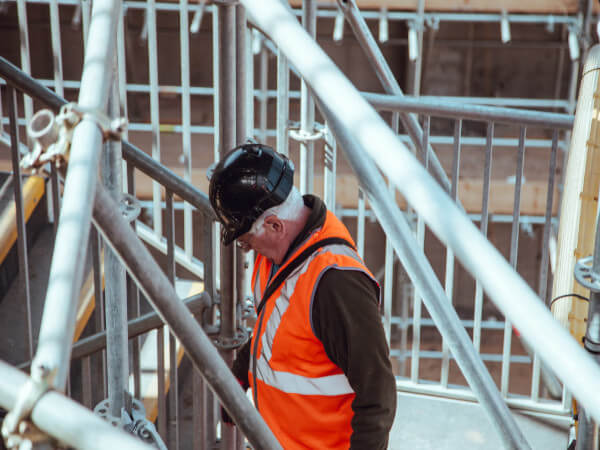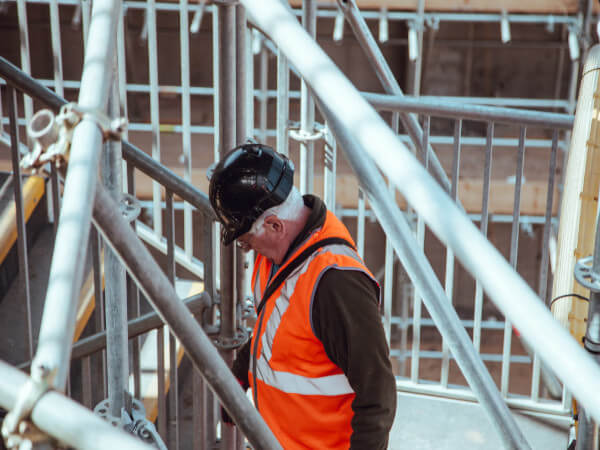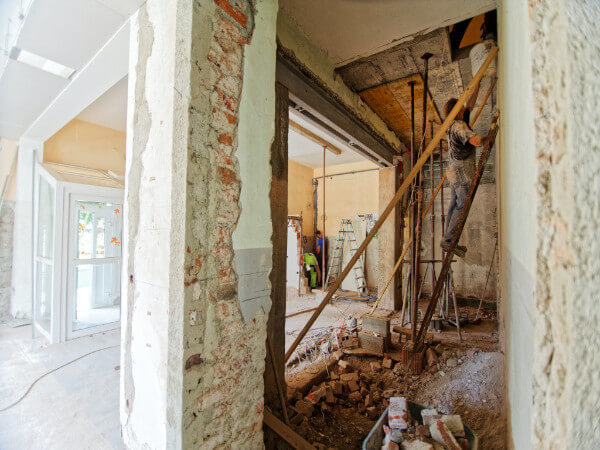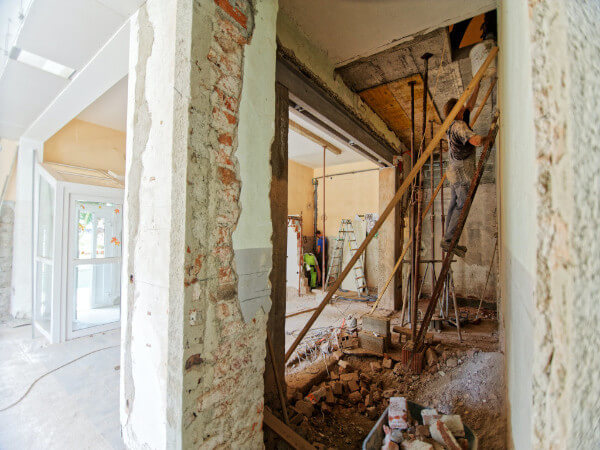
ProEst will join Autodesk to strengthen its preconstruction offering and connect the project cost lifecycle within Autodesk Construction Cloud
SAN FRANCISCO, Calif., Dec. 16, 2021 – Autodesk, Inc. (NASDAQ: ADSK) today announced that it is acquiring ProEst, a cloud-based estimating solution that enables construction teams to create estimates, perform digital takeoffs, generate detailed reports and proposals and manage bid-day processes. Autodesk plans to integrate ProEst with Autodesk Construction Cloud, a comprehensive construction management platform connecting teams, data and workflows across the entire building lifecycle. The acquisition will strengthen Autodesk Construction Cloud’s preconstruction offerings and empower construction teams to manage all their critical preconstruction and construction workflows on one platform.
ProEst, whose customers include Geisinger, O’Brien Construction, Vantis and Oswald, translates project scope quickly and easily, turning drawings, specifications and models into material, labor and equipment costs. As a result, teams are not only able to supercharge the estimation process and build stronger bids, but also minimize project risks and heighten their chances of winning work. With ProEst’s cloud-based solution, customers can also access estimating information from anywhere, at any time, and import third-party cost databases to streamline estimation workflows. The acquisition of ProEst will complement Autodesk Construction Cloud’s best-in-class cost management capabilities and allow teams to track costs against estimates and provide greater visibility to increase the probability of project success.
“We pride ourselves on delivering quality projects safely, within budget and in a timely manner,” said Luis Berumen, vice president of innovation and technology, Bartlett Cocke General Contractors. “Autodesk Construction Cloud helps us manage our projects by enhancing collaboration across various phases and workflows and adding ProEst’s cloud-based estimating capabilities to the mix will further our ability to deliver quality projects efficiently.”
“ProEst enables us to produce estimates faster, consistently and more accurately throughout the design process and in collaboration with our partners, thereby improving overall efficiency” said Manny Innamorato, chief information officer, New York City School Construction Authority. “As a public entity, our mission is to build and modernize New York City’s schools in a responsible, cost-effective manner while still achieving the highest standards of excellence in safety, quality and integrity. With Autodesk Construction Cloud and ProEst now joining forces, we look forward to connecting our estimation data more seamlessly with our downstream construction workflows so we can stay on track and deliver on our mission in a more streamlined manner.”
ProEst will join Autodesk Construction Cloud’s existing portfolio of solutions, further enabling teams to reduce rework, improve productivity, increase automation and accelerate project delivery. Autodesk Construction Cloud solutions include:
Autodesk Takeoff: empowers estimators to perform 2D and 3D quantification workflows.Autodesk BIM Collaborate: enables project teams to align on and execute design intent by managing design collaboration and coordination workflows from a single solution.Autodesk Build: connects project, cost, quality, safety and field collaboration workflows in a solution that is easy to deploy, adopt and use.BuildingConnected: centralizes and streamlines the bidding process to help teams discover trade partners, identify the right subcontractors and solicit and compare bids. BuildingConnected is Autodesk Construction Cloud’s builders network, featuring over one million construction professionals. The solution also encompasses TradeTapp, which uses machine learning and AI technology to qualify contractors and mitigate project risk.
“Estimation significantly impacts downstream construction workflows, but is often a disconnected and manual process, which creates room for errors that can lead to cost and schedule issues later in a project lifecycle,” said Jim Lynch, senior vice president and general manager of Autodesk Construction Solutions. “Our acquisition of ProEst will allow construction teams to connect accurate estimates with the rest of their project data to minimize the risk of cost and schedule overruns and drive successful project outcomes. ProEst shares our vision for digital transformation in construction and we look forward to bringing their leading estimating solution to Autodesk Construction Cloud.”
“Our goal has always been to reimagine the construction estimating process and offer the most advanced functionality possible,” said Jeff Gerardi, ProEst founder and CEO. “We have enabled teams to move away from paper documents and spreadsheets and, thanks to our cloud-based platform, break down on-premise software silos with seamless integration. Autodesk’s vision of connecting construction from end to end is one we fully believe in, and we’re excited to join an outstanding preconstruction offering to deliver on that vision.”
In recent years, Autodesk has made significant investments in construction technology innovations, including Aurigo Software’s capital planning tools and Bridgit’s workforce allocation and resource planning solution. Autodesk also acquired Assemble, BuildingConnected, PlanGrid and Pype in acquisitions totaling more than $1.1 billion.
Business Outlook
The transaction is subject to customary closing conditions and is expected to close during Autodesk’s fourth quarter of fiscal 2022, ending January 31, 2022. The acquisition will have no material impact on Autodesk’s fourth quarter and fiscal year 2022 guidance presented on November 23, 2021.
About Autodesk
Autodesk is changing how the world is designed and made. Our technology spans architecture, engineering, construction, product design, manufacturing, media and entertainment, empowering innovators everywhere to solve challenges big and small. From greener buildings to smarter products to more mesmerizing blockbusters, Autodesk software helps our customers to design and make a better world for all. For more information visit autodesk.com or follow @autodesk.
Media Contact
Stacy Doyle
503-330-6115
Investor Relations Contact
Simon Mays-Smith
415-746-0137
Safe Harbor Statement:
We may make statements regarding planned or future development efforts for our existing or new products and services. These statements are not intended to be a promise or guarantee of future delivery of products, services or features but merely reflect our current plans, which may change. Purchasing decisions should not be made based upon reliance on these statements. The Company assumes no obligation to update these forward-looking statements to reflect events that occur or circumstances that exist or change after the date on which they were made.
Autodesk, the Autodesk logo, Autodesk BIM Collaborate, Autodesk Build, Autodesk Construction Cloud and, BuildingConnected are registered trademarks or trademarks of Autodesk, Inc., and/or its subsidiaries and/or affiliates in the USA and/or other countries. All other brand names, product names or trademarks belong to their respective holders. Autodesk reserves the right to alter product and services offerings, and specifications and pricing at any time without notice, and is not responsible for typographical or graphical errors that may appear in this document. © 2021 Autodesk, Inc. All rights reserved.
The post Autodesk to Acquire Cloud Based Estimating Company ProEst appeared first on Digital Builder.








